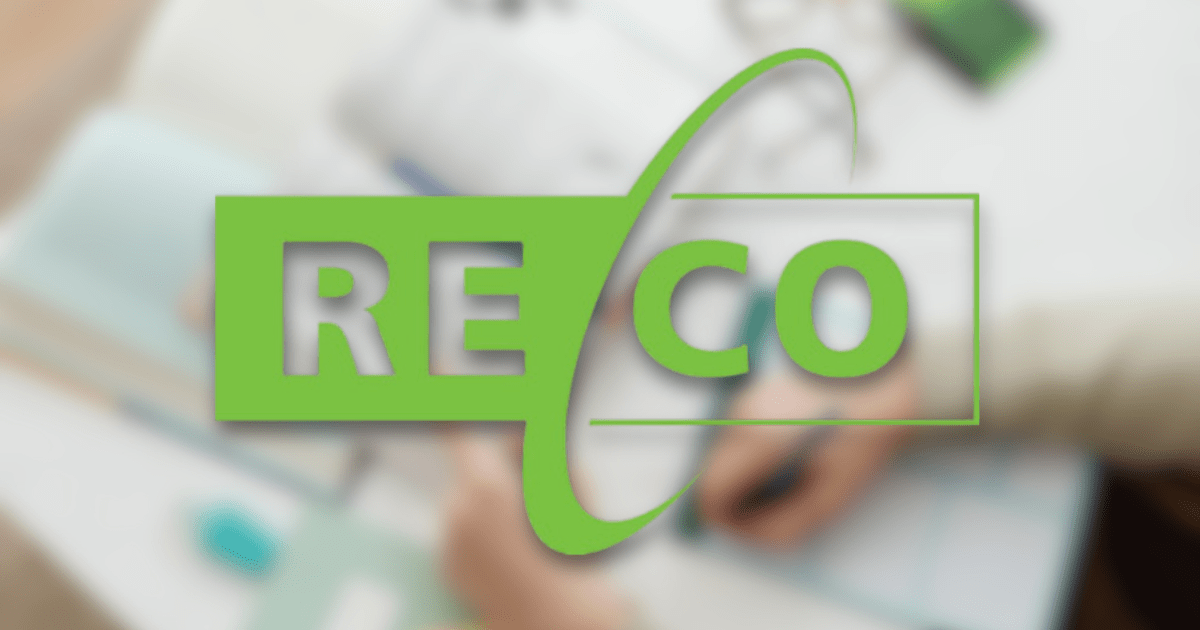Don’t fret, you don’t need an MBA to figure this out. If you watch shows like Dragon’s Den or Shark Tank, you will see a question asked repeatedly, “What’s your client acquisition cost?” When a business pitching these billionaires knows that cost, they almost always get an investment. Would Kevin O’Leary invest in your business (regardless of whether you’d want him to)?
Treating your business like a business is about knowing key metrics, such as marketing spend, cost per lead, return on investment – and most importantly, your client acquisition cost (CAC). Again, you don’t need an MBA for this. You simply need to do a little basic math.
How to calculate your CAC:
Look at the amount of money you spent on advertising and marketing and how many clients you acquired for that.
For example, if you spend an average $1,000/month on advertising and marketing and get an average of two clients (not including those coming from your sphere, referrals and repeat clients), then that math is simple, $500 per client acquired.
If you are generating your leads online, you can get your exact client acquisition cost. You look at how much you spend per lead and multiply that by how many leads it takes to get a client. For example, if your average cost per lead is $7 and you’re converting one in 50 leads, it would be $7 x 50 = $350. So, $350 is the CAC in this example.
If your client-acquisition strategy is all non-monetary and based on offline things such as open houses, door knocking and networking (unless you’re spending money to do so), you need to calculate the hours you put in to get the client. For example, if you spent 45 hours prospecting and you acquired three clients, then it takes you 15 hours of prospecting to get a client. That will put you at a cap of around four to five clients (60-75 hours) a month as you need to do all the work post-client acquisition. Unless you want to work 80 hours a week, you’re capped with this method.
What CAC means to your business:
Take your client acquisition cost and compare that to the average net profit you get from a sale. For example, if your CAC is $500 and your average net profit per deal is $7,500, then you are making 15 X on your money. That is your return on investment (ROI). And with these example figures, that is a business that O’Leary would invest in all day long.
If you’re spending too much money on your client acquisition cost (say it’s $1,000 per client acquired and your average deal is $2,000 profit), you need to bring that figure down to grow your business and income.
Reverse engineering your income:
Using your CAC, you can reverse-engineer your income. Let’s say you want to make $100K per year, and your average profit is $7,500 per deal. You will need 13.333 clients (but let’s say 15 because some deals won’t work out). So, if you need 15 deals and your CAC is $500, then you need to spend roughly $7,500 in advertising and marketing.
How To improve your CAC and overall business:
You have your client acquisition cost, awesome – because if you don’t measure it, you can’t improve it. To improve it, you need to look at each of the ways that you’re spending your time and money in marketing and advertising. Where are most of your clients coming from? How much are you spending on each avenue? Which is the most productive and yields the best cost in terms of time and money? Double down on that.
If you’re doing online lead generation, reducing your CAC can be done in one of two ways: by lowering your cost per lead and improving your conversion rate. Sounds great, but how do you do that? You test your ad concepts until your cost per lead comes down. For the conversion, this can be a little trickier. If you aren’t working your leads as hard/well as you could, that’s the first step. If you are working them, then consider a lead-conversion training program.
Treating your business like a business means understanding your numbers. Those numbers have incredible power. Without them, you have significantly less chance of creating and managing the business you want – and most importantly, having control over how much income you make.
If you aren’t already tracking your numbers, then start there. It will change how you approach your business and change your success trajectory.
Having said all this, it is most important to nourish your prior clients and sphere/database. It is generally eight times more expensive to acquire a new client than to retain someone in your database. But that’s what breaking through is. After you’ve nurtured your sphere you need to break through that barrier to build your business beyond your database.
Robin Wilding is the creative mind behind The Lead Gen Factory and The Realtor Pipeline. The Lead Gen Factory is a boutique real estate online marketing company hyper-focused on lead generation; The Realtor Pipeline is a digital DIY platform showing Realtors how to generate online leads, lead conversion, Social Media Marketing, sales pipeline building, and more. She also leads The Realtor Pipeline Facebook group, a group for Realtors to learn new online techniques, technology and share best practices.















